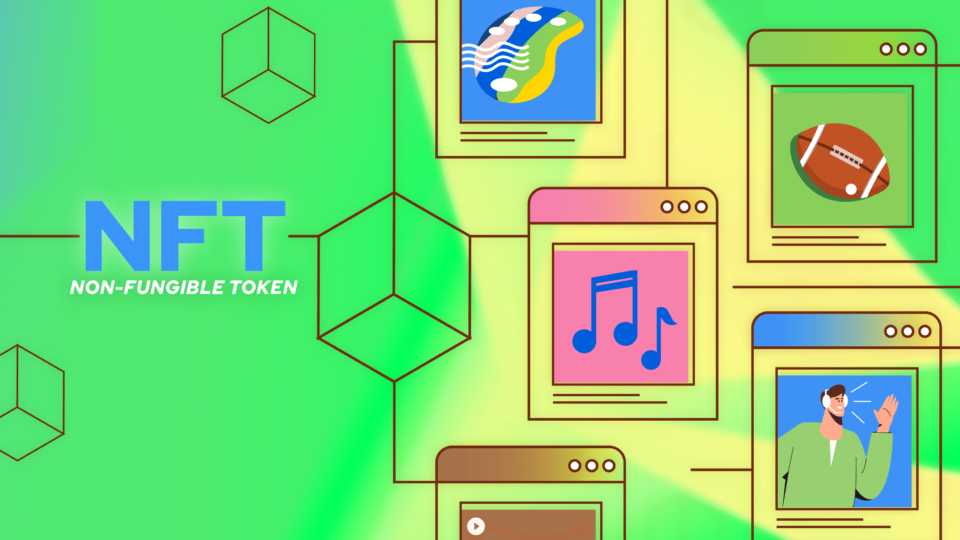As more businesses consider integrating non-fungible tokens (NFTs) into their social media, gaming, or marketing strategies, it’s important to think through digital content and the intellectual property (IP) issues they implicate. Recent disputes over the ownership and use of NFTs highlight three takeaways to keep in mind so businesses can mitigate IP and consumer protection risks.
1. Carefully Craft Consumer Disclosures
NFTs are digital tokens that represent underlying works like art, music, and video. Like a certificate of authenticity, however, NFTs don’t transfer IP rights to the underlying work. Marketplaces and other businesses that offer digital assets should take care to craft disclosures that precisely identify what an NFT does and does not transfer in rights. Last year, Roc-A-Fella Records sued co-founder Damon Dash after NFT platform SuperFarm announced that it would auction “Damon’s ownership of the copyright to Jay-Z’s album Reasonable Doubt.” The problem was that Roc-A-Fella, not Dash, held the album copyright. As it later turns out, however, Dash never meant to auction the album copyright and had instead hoped to sell his one-third stake in the recording label. But SuperFarm simply bungled the auction announcement. Businesses considering similar ventures should pay careful attention to accurately describing what right a digital collectible confers. Terms of an NFT giveaway, for example, might state that the purchaser will receive a limited license but no legal ownership of or IP rights to the underlying artwork.
2. Ensure License Terms Address Future Uses
Creators and rightsholders will want to tread carefully when contracting to address digital assets because it’s unclear whether the traditional right to use a trademark or to copy, distribute, and display/perform a work extend to incorporating the IP into an NFT. Miramax is pursuing claims of copyright and trademark infringement against director Quentin Tarantino for auctioning NFTs of pages from his handwritten screenplay for Pulp Fiction, with the dispute turning on the meaning of “print publication” and “screenplay publication,” rights reserved to Tarantino. While the Copyright Act defines “publication” to mean distribution to the public, it’s unclear how that would apply to the Tarantino auction that involves the sale of unique digital collectibles from one person to another. In drafting licensing agreements, IP holders might consider including provisions explicitly addressing whether the conventional rights to reproduce, display, and distribute cover the right to convert the work into NFTs.
3. Evaluate Secondary Liability Risks
NFT marketplaces and platforms may also face creative arguments of secondary liability for copyright infringement. Along with pursuing claims against Tarantino, Miramax also sent a cease and desist letter to the NFT development team threatening damages. Whether it be marketplaces that offer digital assets or social media companies that display their users’ digital collections, platforms may become targets for claims of secondary copyright liability by hosting third-party NFTs containing potentially infringing materials, particularly where those platforms are hands on in reviewing and minting the NFTs. Technology platforms thus will want to evaluate whether they might leverage the safe harbor provision under the Digital Millennium Copyright Act (DMCA) by implementing notice-and-takedown procedures for NFTs (at least before sales are complete), adopting a repeat-infringer policy, and designating a copyright agent.
Keeping the right legal considerations in mind, creators, sellers, and curators can mitigate legal risk while using this unique technology.
